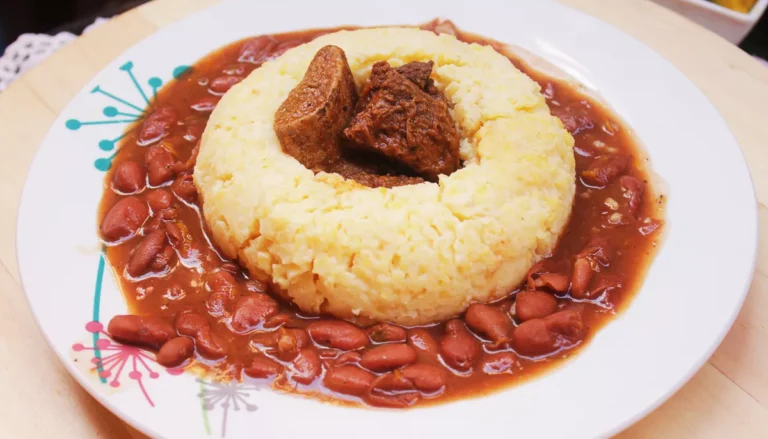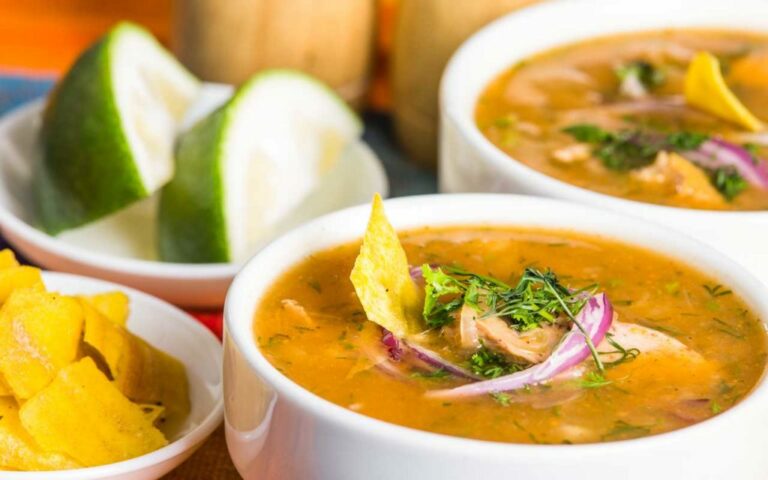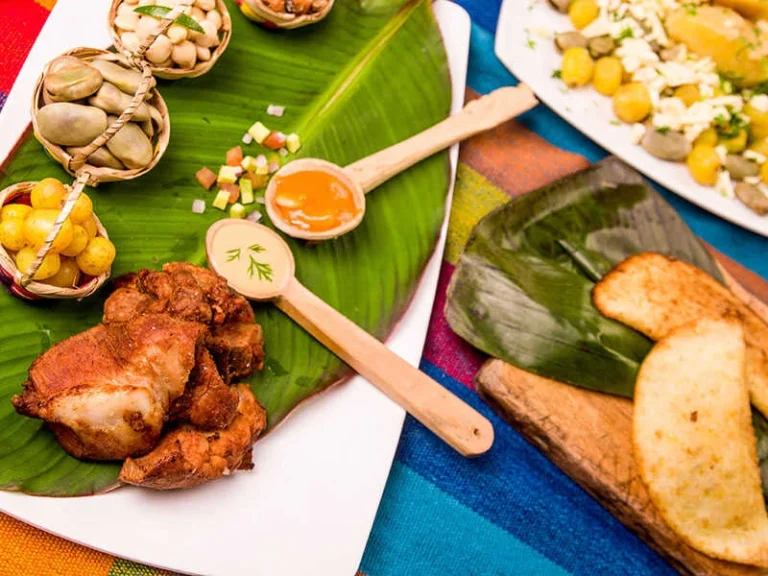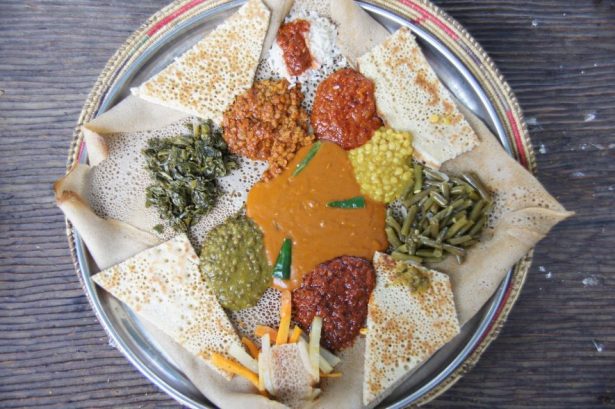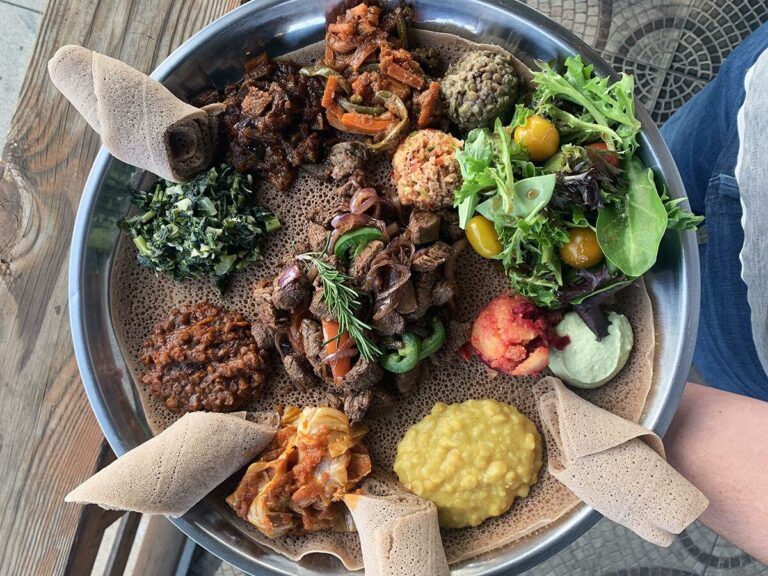Introduction: Dominican Republic cuisine
Dominican Republic cuisine is influenced by African, European, and indigenous Taino cultures. The cuisine is characterized by a wide variety of flavors and ingredients. Dominicans love meat, and it is a staple in many traditional dishes. However, there are also vegetarian and vegan options available.
The prevalence of meat in Dominican Republic cuisine
Meat is a dominant ingredient in many Dominican Republic dishes. Pork, chicken, and beef are commonly used in stews, soups, and rice dishes. Even seafood dishes are often seasoned with meat. Some of the most popular meat-based dishes in the Dominican Republic are chicharrón, which is fried pork belly, asado, which is grilled beef, and pollo guisado, which is chicken stew.
Vegetarian options in Dominican Republic cuisine
Although meat is prevalent in Dominican Republic cuisine, there are also several vegetarian options available. Many of the traditional stews and soups can be made without meat, such as sancocho, which is a hearty soup made with vegetables and root vegetables. Other vegetarian options include arroz con vegetales, which is rice with vegetables, and habichuelas con dulce, which is a sweet bean dessert.
The role of plantains in Dominican Republic cuisine
Plantains are a staple in Dominican Republic cuisine and are used in many dishes. They can be boiled, mashed, or fried and are used as a side dish or incorporated into dishes such as mangu, which is mashed plantains with onions, and tostones, which are fried plantain slices. Many vegetarian and vegan dishes feature plantains as a main ingredient.
Vegan options in Dominican Republic cuisine
Vegan options are also available in Dominican Republic cuisine. Many of the vegetarian dishes can easily be made vegan by omitting any dairy or egg ingredients. One popular vegan dish in the Dominican Republic is locrio de moro, which is a rice dish with black beans, vegetables, and spices.
The use of beans in Dominican Republic cuisine
Beans are a staple ingredient in Dominican Republic cuisine and are used in many dishes. Red beans, black beans, and kidney beans are commonly used and are often combined with rice to make a hearty and filling meal. Vegetarian and vegan dishes often feature beans as the main protein source.
How to ask for vegetarian/vegan options in Spanish
If you are a vegetarian or vegan traveling in the Dominican Republic, it is helpful to know how to ask for vegetarian or vegan options in Spanish. To ask if a dish is vegetarian, you can say “Es vegetariano?” To ask if a dish is vegan, you can say “Es vegano?” It is also helpful to know common vegetarian and vegan ingredients in Spanish, such as frutas (fruits), verduras (vegetables), and legumbres (legumes).
Conclusion: Exploring Dominican Republic cuisine as a vegetarian/vegan
Even though meat is a significant part of Dominican Republic cuisine, there are also many vegetarian and vegan options available. Traditional dishes can easily be modified to suit a vegetarian or vegan diet, and there are also many unique vegetarian and vegan dishes to try. Exploring Dominican Republic cuisine as a vegetarian or vegan can be a delicious and enjoyable experience.

